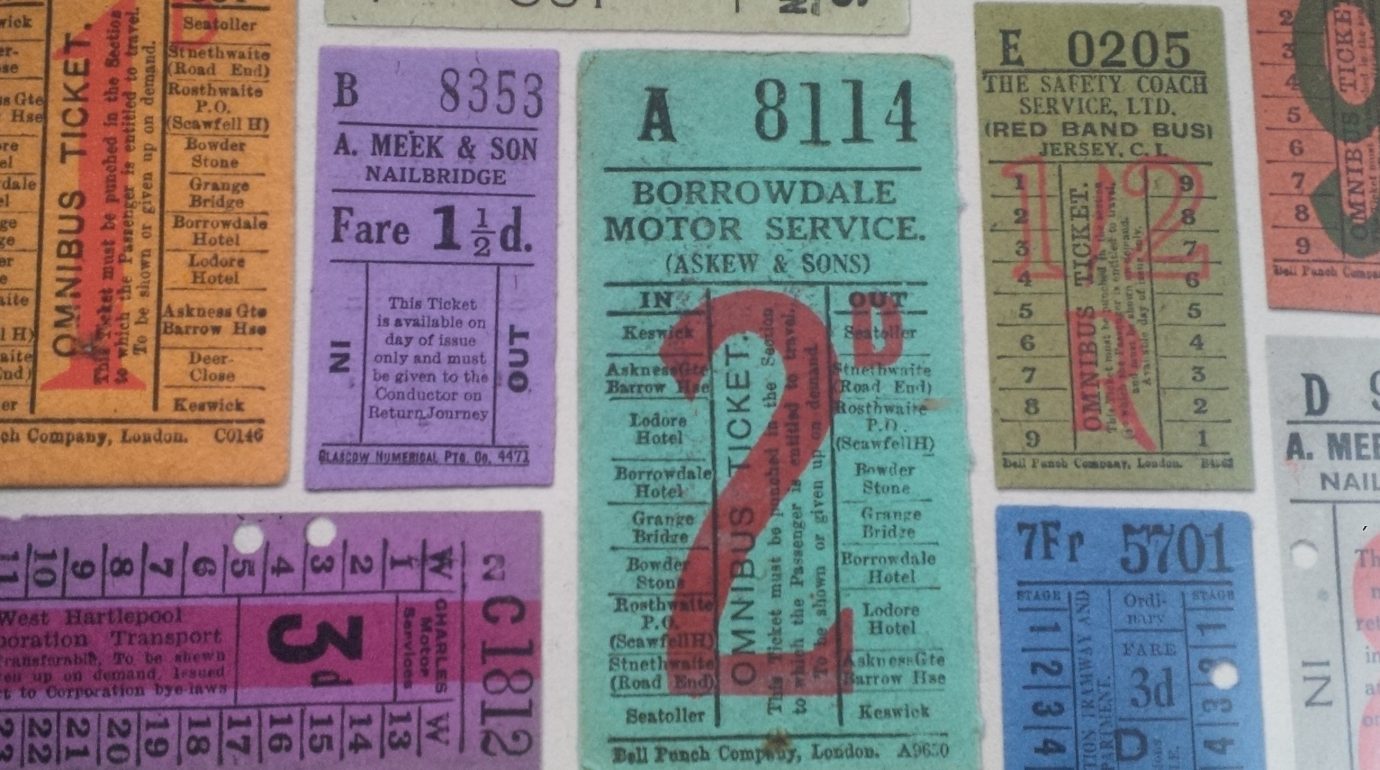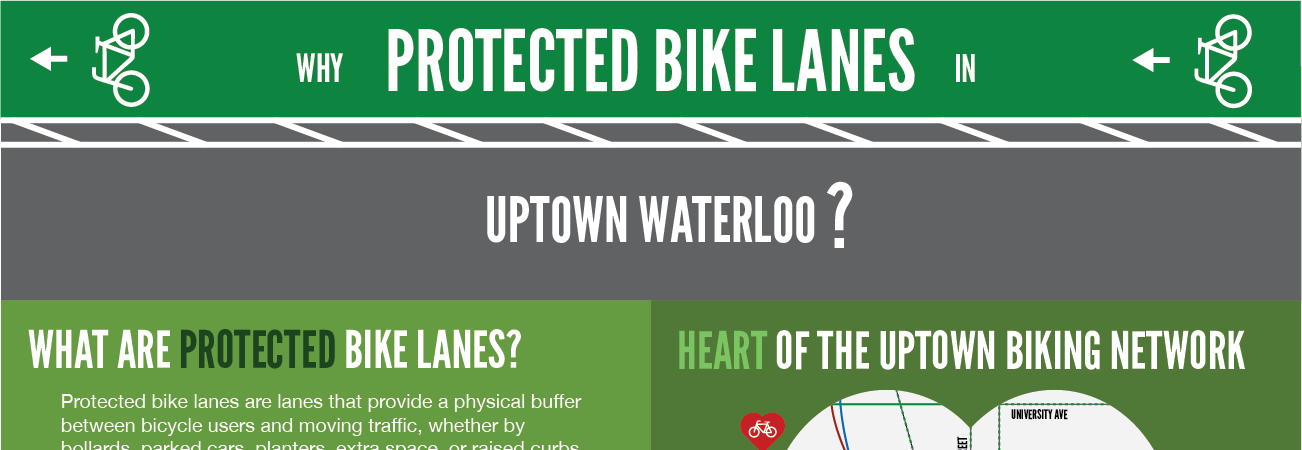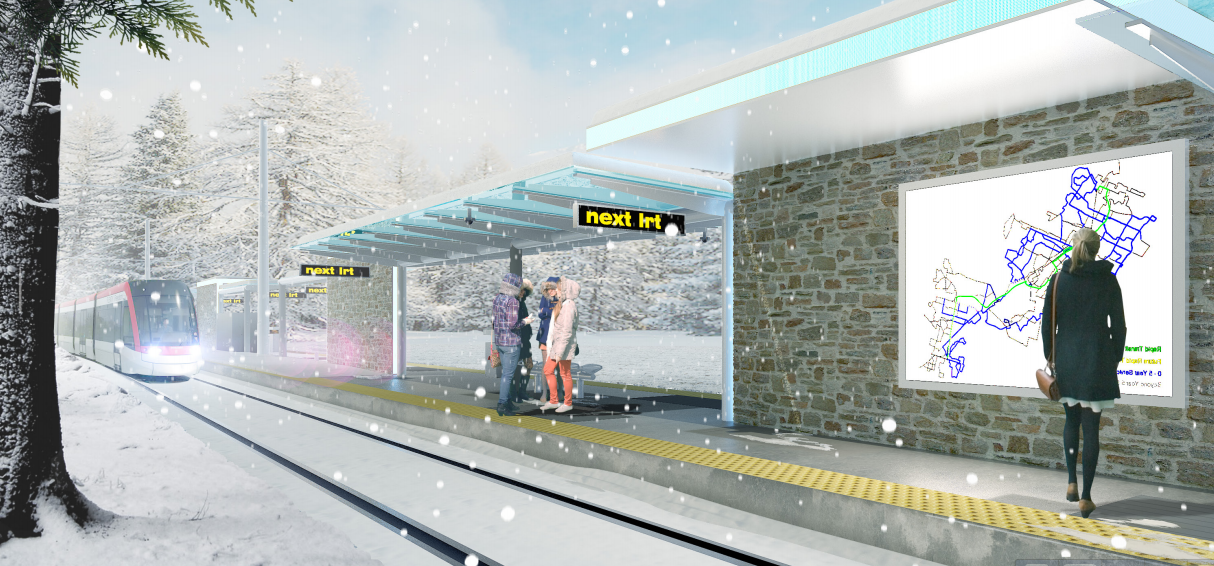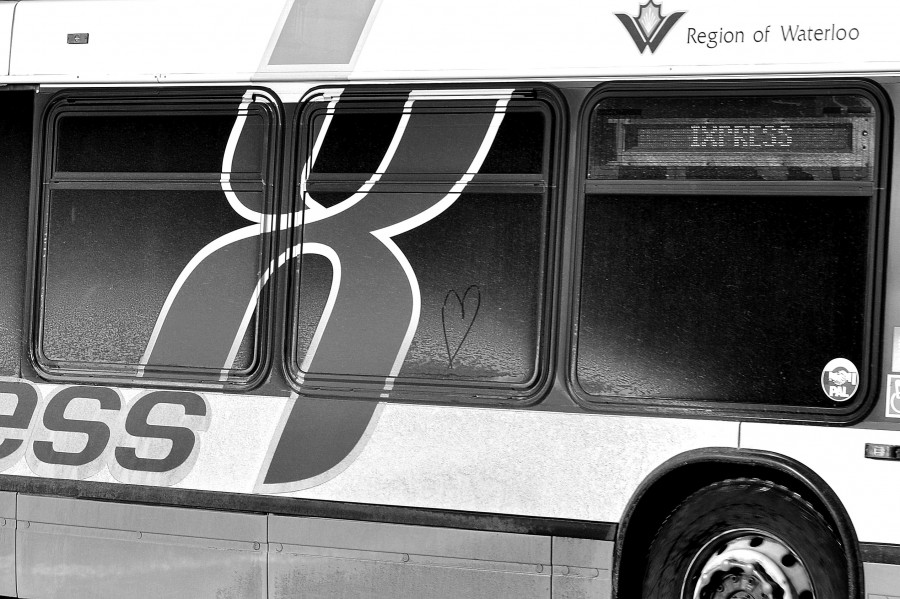Transportation choice is inextricably linked to land use. When cities sprawl, the ability for citizens to freely choose their means of transportation diminishes as the number of trips requiring a car increases. If everyday destinations like home, work, retail, and leisure are located near each other however, it becomes easier to choose to walk, bike, or take transit between them. In addition, these kinds of places are much less costly to connect to each other with streets and transit than sprawled areas.
As renowned urban planner Brent Toderian writes, “the best transportation plan is a great land-use plan.”
In 2009, Waterloo Regional Council approved its Official Plan, a document outlining the shape of growth for our Region over the next 20 years. The plan encourages development to be mixed-use and to take place in already built-up areas, and limits sprawl over farmland by establishing a firm countryside line.
This plan has been appealed by a group of private developers who have benefited from previous sprawl-permitting policies. Earlier this year, the Ontario Municipal Board made a ruling in favour of these developers, requiring that the Region provide for more than 10 times as much development on new land (i.e. sprawl) than what was in its Official Plan. Essentially, the ruling forces Waterloo Region to provide farmland for another 20 years of full-speed sprawl, on the basis that sprawl is what the last 20 years looked like.
Waterloo Regional Council understands the threat this is to the Region and its ability to plan its own future, and has voted unanimously to appeal this decision in court. TriTAG applauds Waterloo Region for defending its progressive and responsible plan that would lead to greater transportation choice and quality of life for its citizens. It is vital that we citizens, through our elected government (rather than a handful of private developers), be in control of our own region’s destiny.
To learn more about the Region’s Official Plan and the Ontario Municipal Board appeal, visit smartgrowthwaterloo.ca
Read More »









